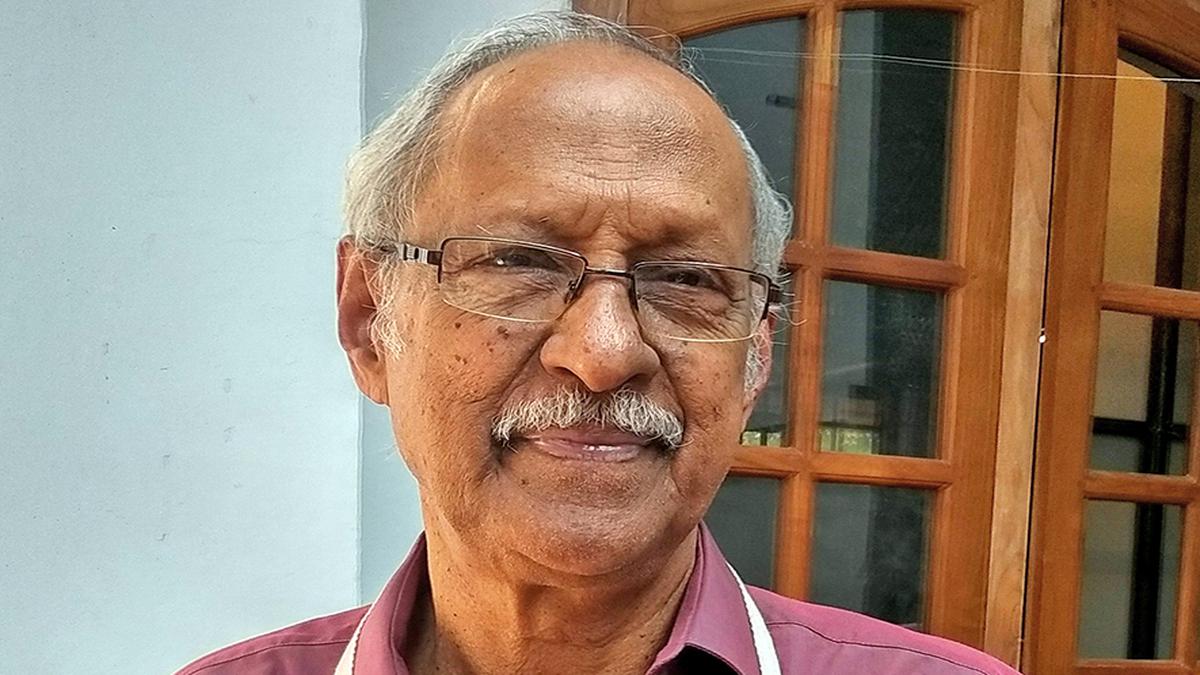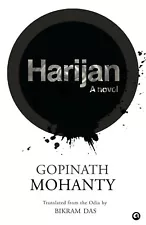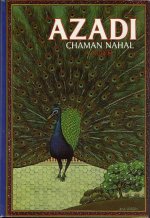I'm not sure that this truly belongs here (since India didn't exist when the Mahabharata was created), I think nevertheless that it is a reasonable place to insert this notice.
For those who have read the Mahabharata (or, like me, abridgements, which themselves can run well over one thousand pages) or just find the work and its context fascinating, there is a review of a noteworthy new translation of the generally overlooked final books of this epic by the renowned scholar of religion, Wendy Doniger. The review summarizes the "action" in this part:
"The translation aims at making the ending of the Mahabharata accessible in a more or less contemporary idiom. Her selection starts with the Pandavas, the victors of the great war, visiting their mother and their uncle and aunt (the parents of the vanquished cousins in the war) who have moved to the forest living as hermits. The three die shortly after the visit. Then Krishna and his entire clan dies. The epic ends with the Pandavas going to Heaven. Interspersed among these episodes of death are deliberations on meaning of time, life, death, and karma, to name a few abstractions...."
I was also fascinated to learn something I had not run across before in connection with this work: "it is called itihasa or history, rather than a work of poetry." It has been years since I sat down with this and maybe it is time to dip back into it.


:quality(75)/https%3A%2F%2Fdev.lareviewofbooks.org%2Fwp-content%2Fuploads%2F2022%2F07%2Fmalayalamliterature.png)





